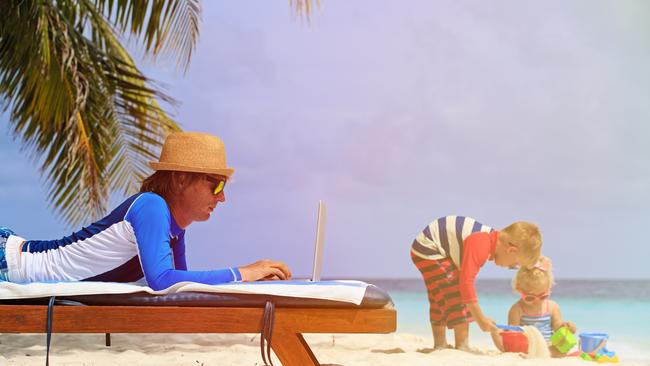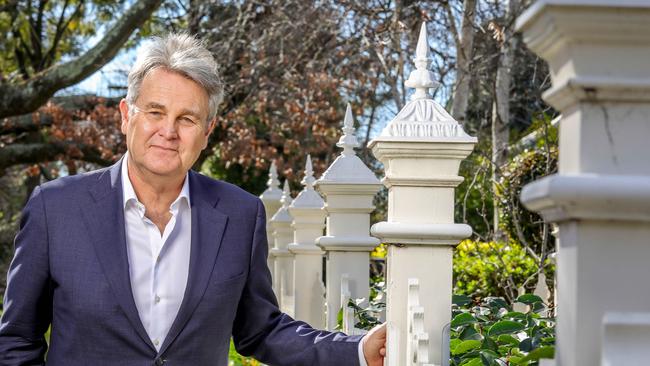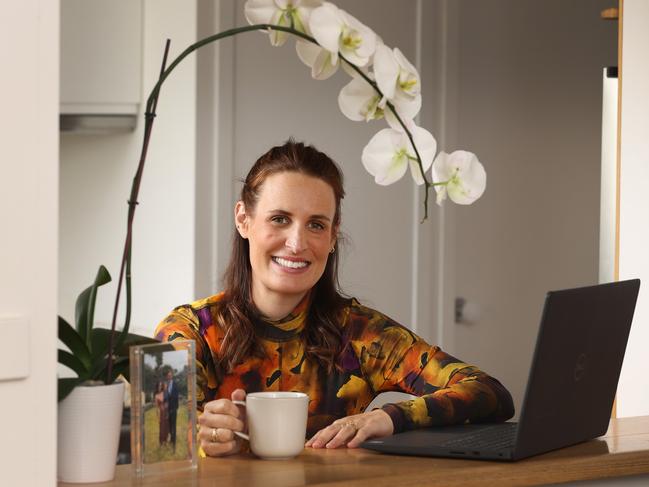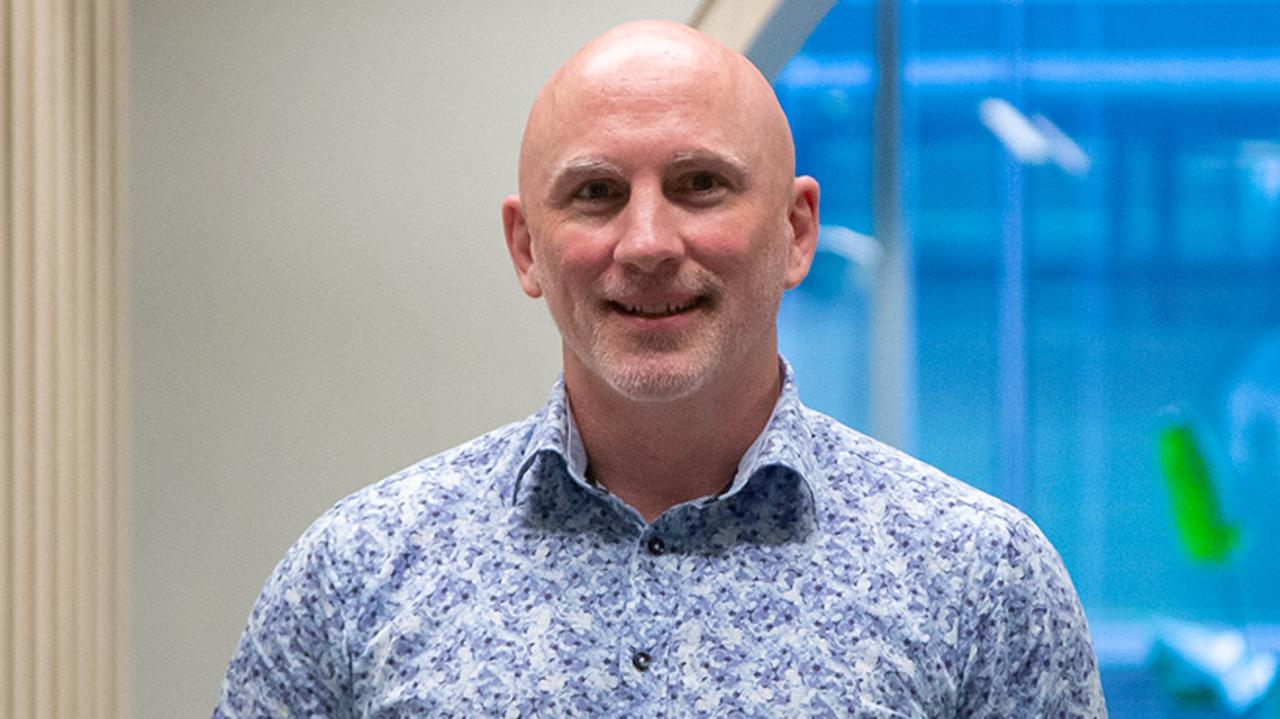The rise of the FIZO worker is letting employees combine work and holidays
A new wave of FIZO – fly-in-Zoom-out - employees are finding that working doesn’t have to cramp their lifestyle.
SmartDaily
Don't miss out on the headlines from SmartDaily. Followed categories will be added to My News.
The FIFO – fly-in-fly-out – workforce has long been part of Australia’s employment landscape but now a new lifestyle-focused employee is emerging: the FIZO – fly-in-Zoom-out – worker.
These modern workers, according to demographer Bernard Salt, have had almost two years to prove to employers they can be reliable and productive while undertaking their duties away from a traditional office.
These FIZO workers have already realised the benefits of the hybrid work/home model and are finding ways to incorporate work with holidays to bring more flexibility to their lives.

For 25 years, Salt has tracked the proportion of employees working from home and says in that time, it remained at five per cent of the Australian workforce - until Covid-19.
“The great shift that has taken place with the pandemic has been work-from-home,” says Salt who, in partnership with ServiceNow, looked at 100 Years of Workflow to make predictions about the future of work in Australia.
“In a post-Covid world, instead of five per cent of people working from home, I would expect it to be more like 10 or 15 per cent.
“That means a net extra one million workers working from home, not necessarily full time, but maybe in a hybrid model.”
LEVERAGE A LIFESTYLE SHIFT
Salt predicts people will continue to move, not necessarily permanently, for lifestyle reasons and will negotiate more flexible arrangements with employers to allow this.
“You might spend a month or two months working from home in Noosa or in Cairns or in your parent’s place at Dubbo,” he says.

“So this is not a permanent arrangement, but it would be a way in which you can leverage a lifestyle shift, probably a seasonal thing, where you can reconnect with family and friends.
“I call that fly-in-Zoom-out, the FIZO effect. This is all coming about because Australians’ No.1 driving priority is lifestyle.”
With the country’s skilled labour shortage and much talk about next year’s “Great Resignation”, Salt says now is the time for employees to lock in new arrangements.
“I think the power balance is shifting towards employees, particularly at this time,” he says.
“Now is the time to set a deal with your employer because of the skilled labour shortage in particular and also employers have learned over the past 18 months or so that people can be productive and they can be trusted.
“The next generation of workers will want greater flexibility and greater control over how and where they deliver their workplace value
“People are talking about the Great Resignation, I’m not sold on that. I think it’s more like a Great Reset.”

IMPACT ON PAY
“In an ideal world, we would certainly not need to sacrifice any remuneration, especially if you are delivering workplace value that makes a commercial contribution or impact contribution to your workplace,” Salt says.
“There’s no logical reason why that should decrease. And in actual fact, if there is a labour shortage as there is, then you should actually start to see wage growth.”
FAMILY BONDING
Catherine Wilcox started her new role in marketing during Melbourne’s lockdown last year and has seamlessly integrated work with family holidays.
Along with husband, Mark Petzer, Wilcox took her toddler for a holiday in Byron Bay in March and they were able to combine work with beach trips and leisure.
She says they are planning to do the same over the summer holiday when they stay with extended family, many who expect also to be working over the break.
“One of the only great things to come out of Covid is that workplaces are so much more flexible,” Wilcox says.
“So we’re assuming that after the Christmas break in January, there’ll be 10 of us in a house and four of us will be able to work.”






